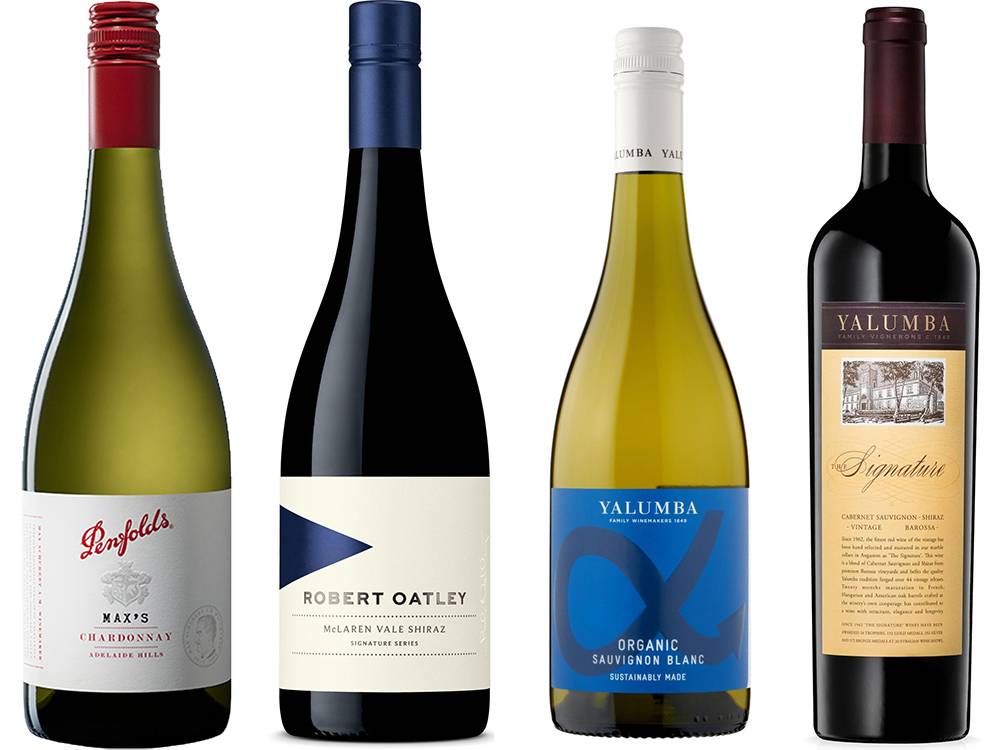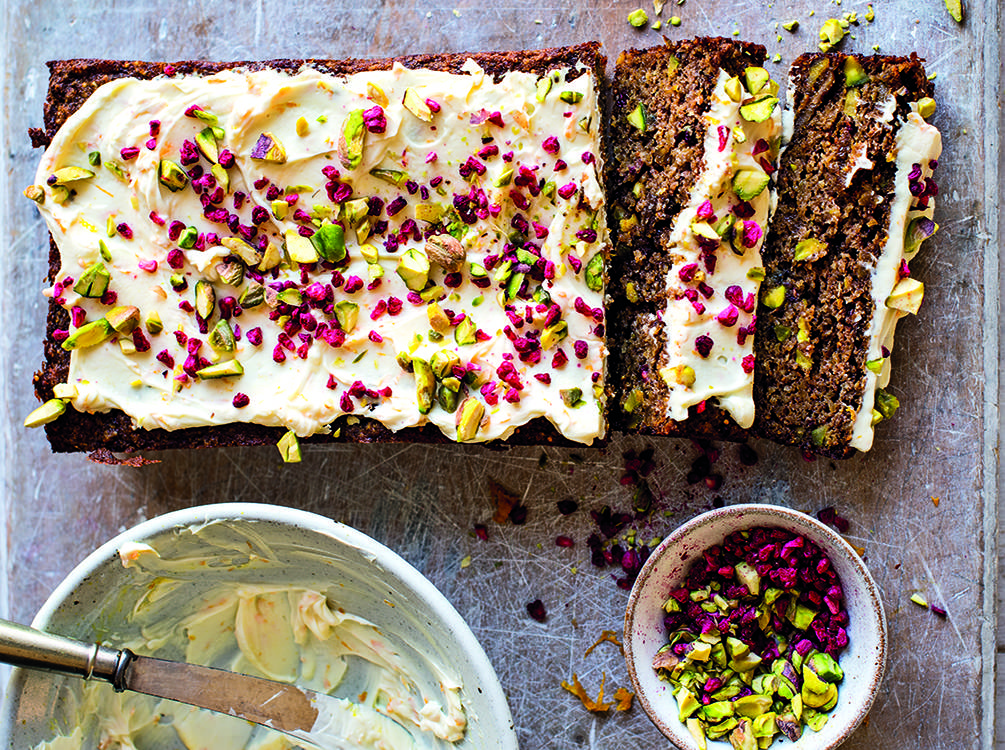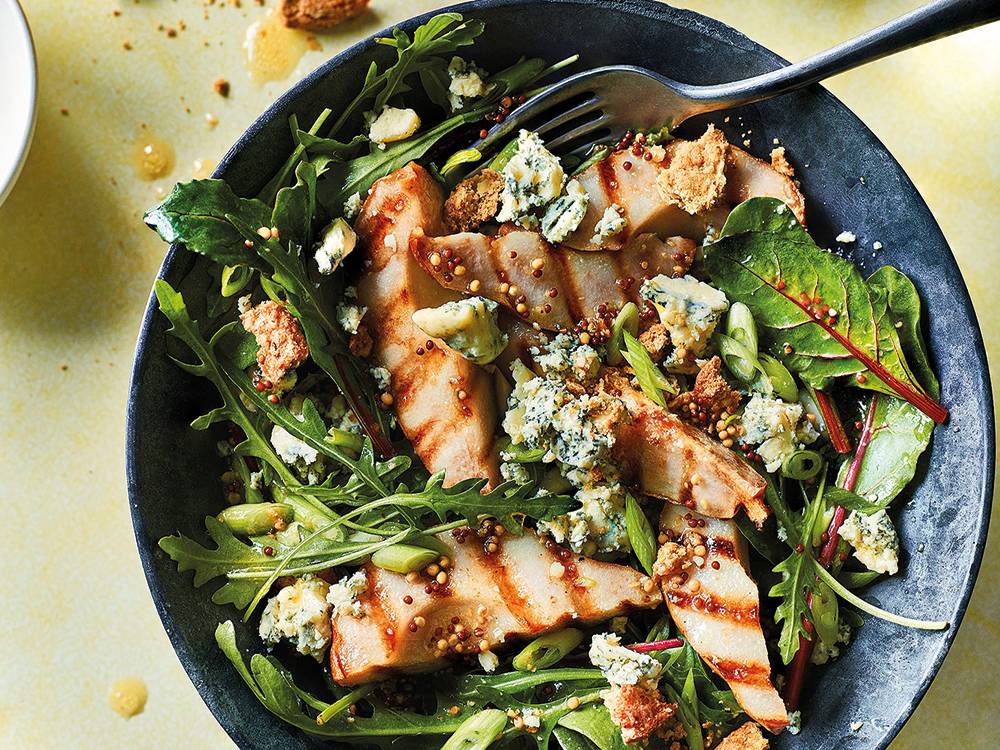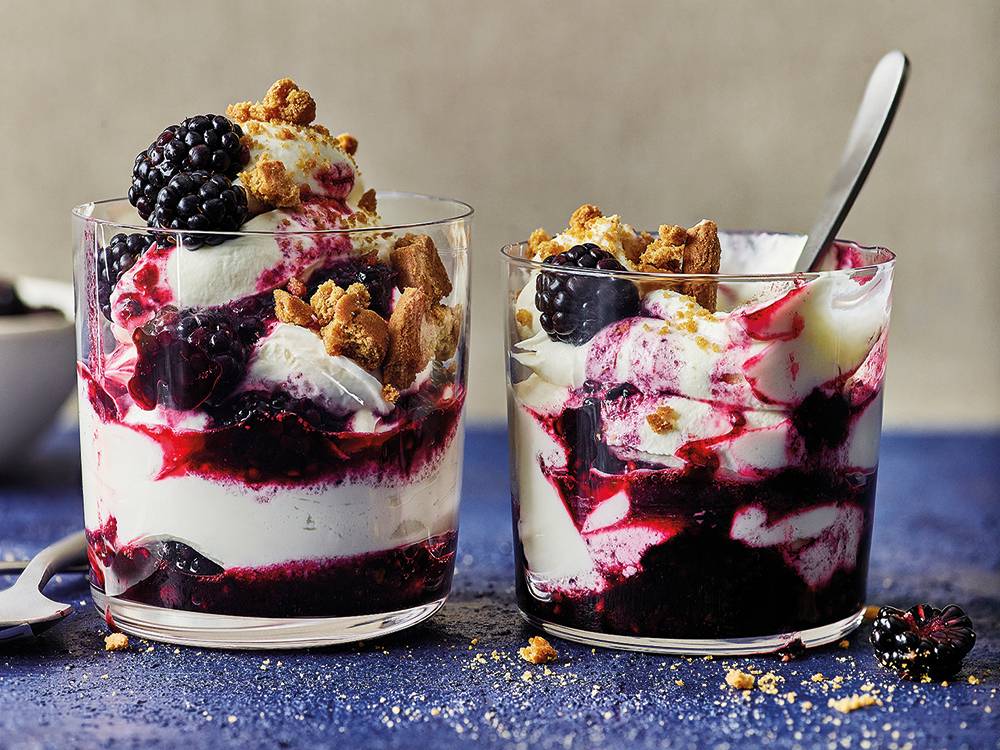Our wine columnist Giles Luckett brings you sunshine, toasting the best wines from the land Down Under
Hello! And a belated happy new year.
January & february may be associated with the blues, but for me, they’re months of red-letter days, with few bigger than the Australia Trade Tasting. This annual celebration of Australian wine is packed to the gunnels with a mixture of unbeatable classics and innovative creations. This year I’m looking forward to tasting a Coonawarra Savagnin, though I may give the Hollick Sparking Merlot (!) a wide berth.
In the run-up to the event, I’ve been doing a spot of training. I’ve been popping, pouring, tasting, spitting, pouring and repeating and here are my current recommendations for those looking for some Australian wine brilliance to banish their winter blues.
First up, a sparkling wine, and not just any sparkling, but one of the best in the world, the Jansz Premium Vintage Rosé 2017 (Wine Direct £31). The first time I tried this tremendous Tasmanian sparkler was at the winery on a press tour where we were treated to a tasting of over 30 wines. I must confess, little spitting was done and the afternoon ended in a contented, if sleepy, blur. I had the 2017 rosé recently and was blown away. Pretty pale pink, and the nose is full of savoury raspberries and succulent strawberries with a floral edge and a background of freshly baked bread. The wonderfully complex palate boasts everything from piquant red berries to sweetly toned fruits of the forest preserve by way of almond croissants, and citrus. This is undoubtedly one of the world’s greatest sparkling wines, yet it remains affordable.
My next recommendation is a new wine from an old friend. I’ve expressed my admiration for Yalumba’s wines before and the new GEN Organic Sauvignon Blanc (Ocado £11) is another winner. Demonstrating this family-owned winery’s longstanding commitment to sustainable winemaking, it’s certified organic and it’s quite delicious. Australian Sauvignon and I haven’t always seen eye-to-eye, but this is excellent. The nose is soft and ripe, with a noticeable peachy tone. On the palate, it offers rounded, pear, peach and melon fruit, a ripe texture with the classic green pepper and gooseberry adding interest from the wings rather than taking centre stage. I had this with a chicken risotto and it was a great pairing, but it’s also lovely as a solo sipper.
Australian Chardonnay is rightly loved around the world. With its dazzling array of sites and soils, Australia produces a glittering lineup of Chardonnays that range from big and buttery to elegantly reserved. Penfolds Max’s Chardonnay (Waitrose £19.95) sits somewhere in the middle of this spectrum. Mid-gold, with a smoky, nutty, apple and guava nose, in the mouth it combines generosity with refinement. It opens with a fresh-tasting wave of green apple, pear and white peach before fatter notes of honeydew melon, crushed nuts, vanilla spice, and minerals come through. Interestingly – well interestingly to me as I’m dull like that – this is a wine whose character is transformed by decanting. Pop and pour and it’s lively and bright. Let it breathe for a couple of hours and it’s much, much richer, fuller, and indulgent.
My next choice is a wine I discovered at the Australia Trade Tasting a couple of years back, it’s the Jim Barry Assyrtiko (Strictly Wine £22.14). Jim Barry is one of the great names of Australian wine – the Armagh Shiraz (Laithwaites £235 is a legend) – and across the range, their wines deliver the goods. The Assyrtiko is a beguiling wine that has the piercing intensity that, like Poly Styrene’s vocals, ‘Could drive holes through sheet metal.’ Lemons, limes, grapefruit, minerals and rhubarb all come through on the nose and in the mouth, but there’s weight, softness, and delicacy here too. This is one of the best Assyrtiko’s I’ve had outside of its homeland of Greece, and it goes brilliantly with poultry, pork, white fish, or stir-fried vegetable dishes.
And so to the reds. When most wine lovers think of Australian red wines, their minds turn to Shiraz. Shiraz certainly helped put Australian wine on the map, and as winemakers have learnt more about site selection, it too now comes in a range of exciting styles. The Robert Oatley Signature Series Shiraz (The Co-Op 10.50) is from the McLaren Vale in South Australia. Shiraz grows well here in a Mediterranean climate that allows a long growing season and gives grapes that are full of complexity and aroma as the Oatley demonstrates. Inky blue-black with a crimson rim, the nose is a joyously heady mix of black berries, black cherries and Oriental spices. In the mouth it’s full but refined, the bold blackberry and blueberry fruit offset by sweet oak, charcoal, chocolate and mint. Put this with a cheeseboard and the long winter nights will fly by…

When Hollick isn’t doing odd things with Merlot, they make excellent Cabernet Sauvignon like their 2019 Cabernet Sauvignon (South Down Cellars £19.95). Cabernet is often referred to as the king of black grapes, and there’s a real breed to this example. Very deeply coloured – there’s virtually no give at the rim – a quick swirl reveals a complex bouquet of crushed blackberries, candied mint, green peppers and a whiff of black pepper. Well-extracted and with plenty of body, there’s a savoury undertone to the crisp blackcurrant fruit, as tones of toast, fresh herbs, cocoa and pencil lead seamlessly intermingle. Give this an hour or two open and serve with fine red meats or a vegetable lasagne.
When it comes to Australian wine classics, they don’t come much greater than the Yalumba Signature Series Cabernet Sauvignon Shiraz (Majestic £41.99 a bottle or £34.99 on a mixed 6). Legend has it that pioneering Australian winemakers blended Cabernet with Shiraz as they didn’t have any Merlot to create a Bordeaux blend. Personally, I suspect they were saving the Merlot for Hollick to make into fizz.
Whatever the case, it’s a marriage made in heaven. This hails from the Barossa Valley and is everything you could want in a Cabernet-Shiraz. Massive, exceptionally well-fruited, juicy, complex, and compellingly delicious, it fully deserves its iconic status. The combination of crisp blackcurrants, spicy red berries, plums, morello cherries and tangy loganberries make for a show-stopping glassful. Wine Enthusiast magazine gives this 93/100 calling it ‘Classic Barossa’. I couldn’t agree more.
I’ll finish with a flourish with a wine from another great family of Australian wine, Henschke. The Henschke Mount Edelstone (Hic! £135) is a wine that deserves to be on every wine lover’s bucket list, well, bottle list, at least. One of Australia’s most renowned single vineyard wines, some of the vines in Mount Edelstone are over one hundred years old and give tiny quantities of incredibly concentrated fruit. Predictably inky in colour, the nose is a heady mix of spices, blueberries and blackcurrants with a hinterland of bay and sage. The gorgeous palate is packed with dark fruits – mulberry, blueberry, blackberry, and black currant – warm spices, pepper, chocolate, and grilled meats. The finish is long, silky, and fresh, and the ripe tannins and minerals bring harmony to this extraordinary wine. One for now and the next decade or so.
Well, that’s it from me for now. Next time out as it’s Valentine’s, love will be in the air. The love of wine that is.
Cheers!
Giles







